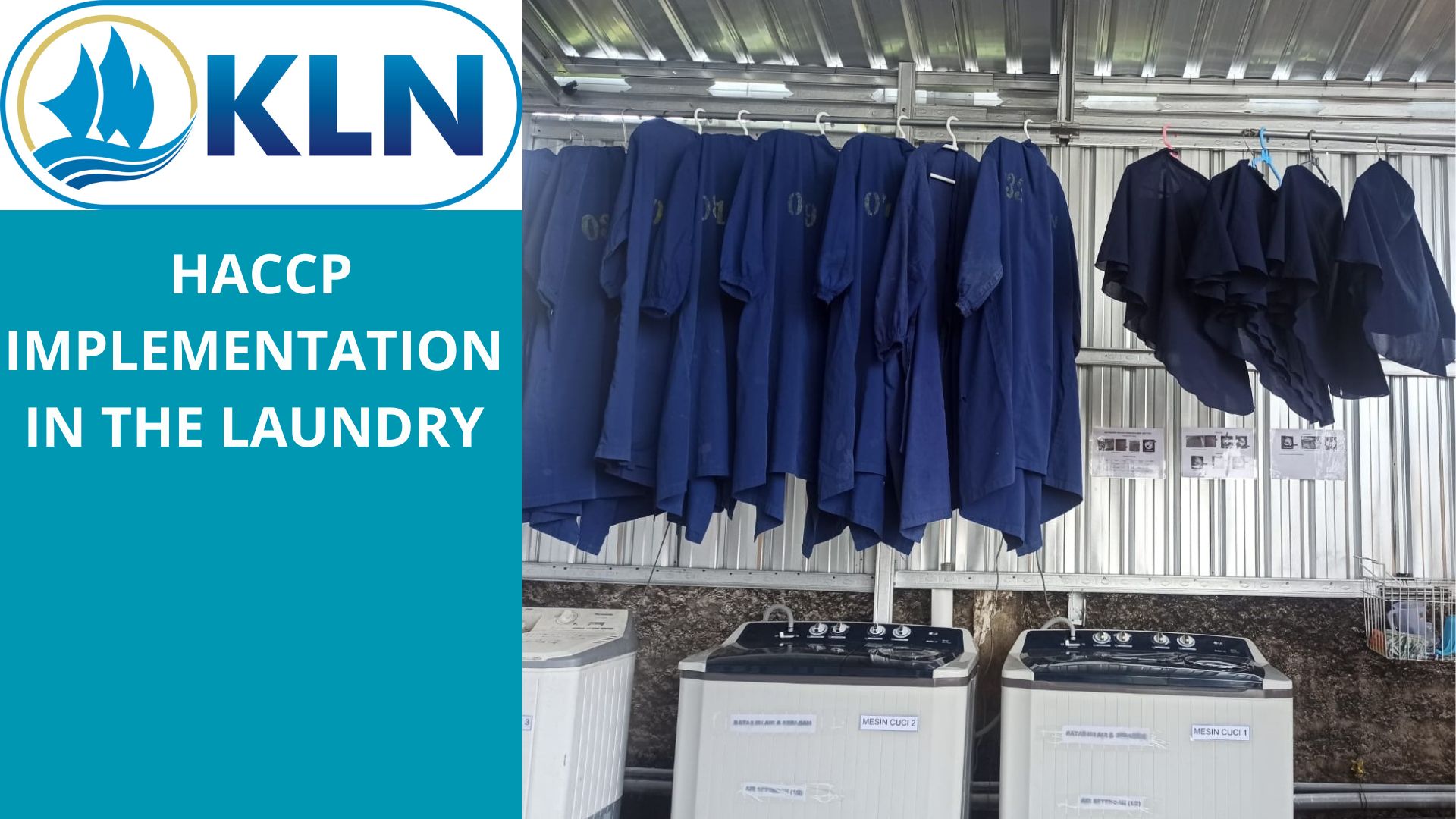HACCP IMPLEMENTATION IN THE LAUNDRY
By. Najih - 04 Oct 2023
kelolalaut.com - Implementing HACCP procedures in the laundry is important: clean workwear and uniforms are key to keeping a number of critical points under control, and if laundry operations cannot assure clean, uncontaminated garments and linen, these could, instead, be a hazard. With HACCP-compliant laundry operations, every employee workwear and uniform are assured to enhance process quality and food product safety. In fishery’s plants, workwear and uniforms should have no pockets above the waist or buttons, as both can trap bacteria. Durable, industrial-grade fabric is recommended, as it can hold up after multiple washings.
The laundry procedure defines the method of dirty-garment collection, washing and drying, the method of delivering cleaned garments, and the personnel responsible. Washing of protective clothing by employees is acceptable where it is worn in low-risk areas or where the product is in an enclosed system. These days, many food processing industries are looking for safety wear suppliers who provide workwear rental services with HACCP-compliant laundry operations.
The critical control points related to a commercial washing machine are
- Wash cycles: how are they designed, can they reach high enough temperatures to kill pathogens
- Use of chemicals: Additional antimicrobial protection and the chemicals are given to work uniforms using high drying temperatures.
- Water extraction: at the end of the wash cycle, the load sits in warm water. Damp heat favours the proliferation of bacteria and pathogens, so it is important to minimize exposure time to these conditions.
- Spin modes. At the end of the wash cycle, the laundry is poured with warm water. Moist heat promotes the growth of bacteria and pathogens, so it is vital to minimize the spin time.
- The temperature during the drying phase. Due to high temperatures, it is possible to stop the reproduction of bacteria and viruses. Fast and safe handling of linen prevents possible contamination hazards; ergonomic design can facilitate these operations.
- If appliances can self-monitor and report malfunctions then it is possible to avoid running cleaning cycles on a machine that is not operating properly and that could create conditions for contamination.
- Rapid, appropriate servicing and maintenance, can offset malfunctions and related risks.
- Regular staff training is done at the laundry service center. it is vital to understand that authoritative bodies can change the standards, and then the equipment will have to be replaced.








